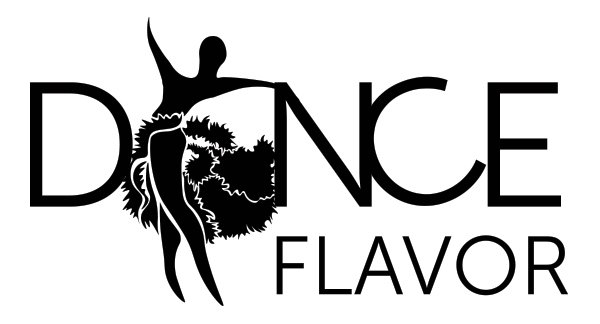Embracing the Dance Journey: Exploring the Styles Part 1
The Heart of Connection: Discovering Argentine Tango
Dance is more than movement - it’s a journey of self-expression, connection, and discovery. For adult learners, exploring different styles can unlock new skills, boost confidence, and keep the love of dance alive. The next part of our series, Embracing the Dance Journey, will focus on exploring different dance styles (the ones I have personal experience with, so the reflections and advice are real). Exploring the Styles is designed to guide you through four distinct dance forms, highlighting their unique qualities while showing how they all share common threads that enrich your dancing and life.
The Flowing Emotion
There’s something magical about Argentine Tango. It’s not just a dance - it’s a conversation, an embrace, and a way of listening without words. For many adult dancers, Tango becomes both a challenge and a revelation: a space where technique meets emotion, and where presence matters more than perfection.
Tango is danced with one’s nerves, feelings, and intuition, not just with their body. For many adult beginners, this dance takes the longest to feel comfortable with. This is because in Tango just learning the steps isn’t enough to get you through. Tango demands more from a dancer - listening, breathing with the rhythm, allowing the music to dictate what happens next.
The Essence of Connection
At the core of Tango is connection - between partners, the music, and the moment itself. Every movement begins with a shared breath and subtle communication through the embrace. This dance teaches us to slow down, to be fully present, and to move in harmony with another person. It’s a lesson in trust and sensitivity that extends far beyond the dance floor.
Tango is unique as a partner dance in that the lead-and-follow doesn’t work as it does in other dances. In Tango, both partners are free to do what they want, as long as they still listen to each other and the music, and work together. Of course, there are still lead-and-follow rules, which helps avoid total chaos, but the possibilities are so much more than in other dance styles.
The Role of Improvisation
Unlike many structured partner dances, Argentine Tango thrives on improvisation. Instead of memorized routines, partners respond to one another in real time, interpreting the music as they go. This makes each dance unique - an ongoing dialogue shaped by feeling, rhythm, and intuition. Tango offers the liberating experience of letting go of control and embracing spontaneity.
While this quality can sometimes be frustrating to dance learners, especially to those who prefer cut and dry rules, mastering improvisation is worth the time and the effort. The level of self-expression that can be achieved with Argentine Tango is completely mind-blowing. So if you like Tango music, and are curious, take the time to learn. You will not be sorry!
Developing Musicality
Speaking of music, Tango music is rich and layered, filled with emotion and subtle phrasing. Learning to recognize its rhythms - the pause of a bandoneón, the sweep of a violin, the pulse of the bass - can deepen your dancing profoundly.
Spend time just listening. Walk to the music, feel its pulse, and notice how each song tells a different story. Don’t worry about understanding the words - listen to the rhythms, the accents, the pauses… Tango music is a tapestry of cultures, sounds, experiences and emotions. The more you understand the music, the more naturally your movement will flow.
Practicing at Home
As with all partner dances, students often think that they need a partner to practice. This couldn’t be further from the truth! Practicing on your own is essential if you want to become a good Tango dancer, and a desirable partner at Milongas.
Luckily, you don’t need a lot of space, or any equipment. Create a small space at home where you can practice your balance, posture, and walking technique (just a few steps in any direction is good enough to practice your timing). Try rotating your shoulders and hips independently of each other, pivots, slow, mindful walking to the rhythm, simple embellishments. Notice your posture - are your shoulders relaxed? Are you holding your arms in the right position? Is your head up? All these are great things to practice to prepare for dancing with a partner.
Beyond the Steps
Tango is often called a “dance of life,” and for good reason. It teaches patience, empathy, and the beauty of connection through movement. Every dancer’s Tango evolves over time, even from day to day, shaped by their personality, experiences, and emotions. There’s no rush - just a lifelong dance between music, movement, and meaning.
Feeling inspired to explore the world of dance? Dance Flavor offers live and on-demand classes in various styles. Don’t be shy - contact us with any questions, or to try a private class in the dance of your choice!

